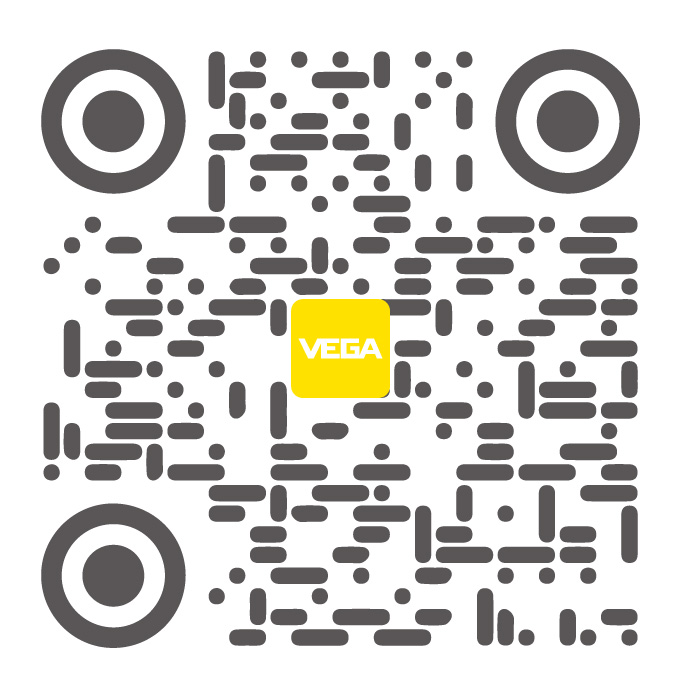Good work, good yoghurt
The goal: Produce the tastiest yoghurt. But how do you do that? Well, there is a way to do it, and it’s much different from the methods of the big market leaders in the food industry. La Fageda, located in the Garrotxa district, is one of the region's largest employers. Of the 310 employees, 180 are physically handicapped, mentally ill or mentally disabled. Hardly anyone here can handle eight-hour workdays, yet management provides an appropriate job for everyone. Since 2009, the company's turnover has grown by an average of 5% annually. In 2017, it was about 20 million euros. The company, whose product portfolio includes not only yoghurt but also ice cream, jams and desserts, has long since made a name for itself outside Catalonia. International delegations come every day to get informed about the plant. There are now around 40,000 visitors per year. Although La Fageda also benefits from public grants and the cooperation with private companies, these account less than 10% of total revenue.
Guided radar measurement for strict hygiene requirements
Supply tank of a filling machine
Level measurement and point level detection in the supply tank of a filling machine
Yoghurt is stored in the supply tank of the filling machine. Reliable level measurement and point level detection are important for maintaining the filling process. A point level sensor is also used to prevent dry running of the supply to the machine.
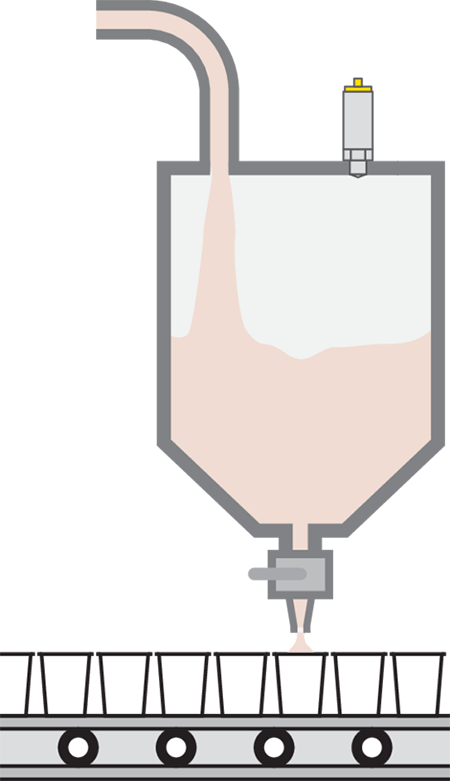
Reliable
Certified materials according to FDA and EC 1935/2004 regulations
Cost effective
Continuous filling process, thanks to a reliable measurement
User friendly
Simple installation and setup
VEGAFLEX is non-sensitive to foam, buildup, pressure, vacuum and high temperatures
The strong focusing and wide dynamic range of VEGAPULS 64 ensure reliable measured values
CIP systems are essential for absolutely hygienic production. VEGA sensors continuously measure the level of the cleaning agent for the cleaning and sterilisation of the production equipment.
The extremely tight focusing and high dynamics of the sensor enable precise, reliable measurement in the cleaning fluid tanks. Also at this measuring point, no continuous level measuring device had ever been used − only capacitive sensors that signalled the minimum and maximum level. These are still used as alarm sensors. However, the company wanted to optimize the process flow here too, and utilize the advantages of continuous level measurement.
Tanque de armazenamento de produto de limpeza do sistema CIP
Medição de nível de enchimento e nível limite no tanque de armazenamento de produto de limpeza do sistema CIP
A limpeza das plantas de processamento na indústria de alimentos ocorre no âmbito dos processos de limpeza "Cleaning in place (CIP)" validados, que garantem uma condição asséptica dos reservatórios de produção. Como produtos de limpeza são muitas vezes usados soda cáustica ou ácido concentrado, que são armazenados no tanque do sistema CIP e diluídos tanque de produção. Uma medição de nível de enchimento permite o estoque ideal de produtos de limpeza. A detecção de nível pontual atua como proteção contra transbordo e funcionamento a seco.
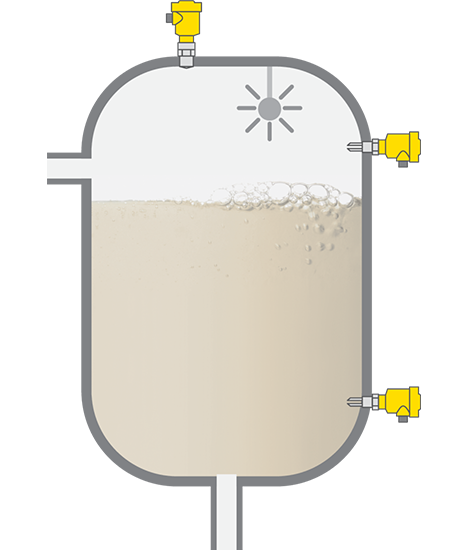
Seguro
Materiais homologados conforme FDA e CE 1935/2004
Econômico
Operação livre de manutenção
Uso fácil
Montagem simples
Applications
Reservatório de mistura e dosagem de iogurte
Medição de nível de enchimento e detecção de nível pontual no reservatório de agitação e dosagem de iogurte de frutas
No reservatório de mistura e dosagem, a lactose do leite é aquecida controladamente e transformada em ácido láctico. O leite engrossa e assume seu sabor ácido. O iogurte produzido é resfriado. Para o processamento para iogurte de frutas, são adicionadas amoras, nozes ou cereais. É necessário detectar o nível de enchimento e o nível limite para que se obter um processo de enchimento ideal.
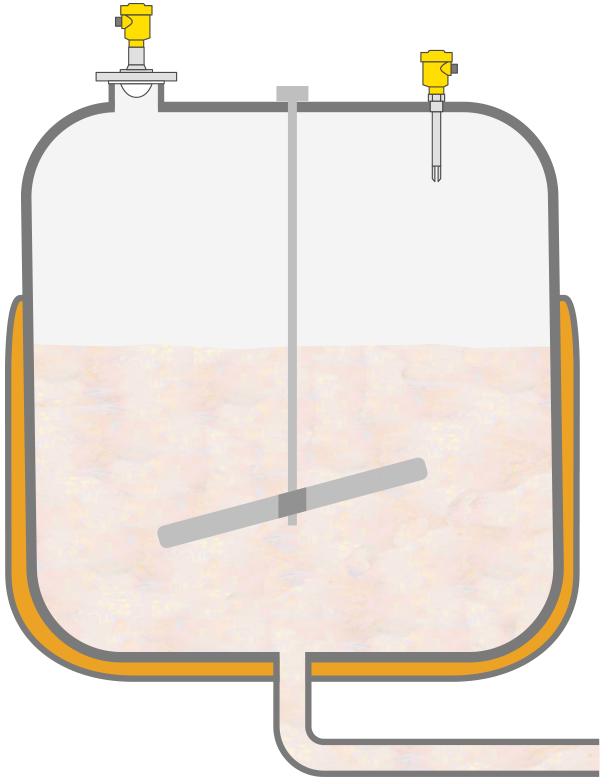
Seguro
Materiais homologados conforme FDA e CE 1935/2004
Econômico
Tempo curto de entrega devido ao conceito plics®
Uso fácil
Configuração uniforme para de todos os instrumentos através do conceito plics®
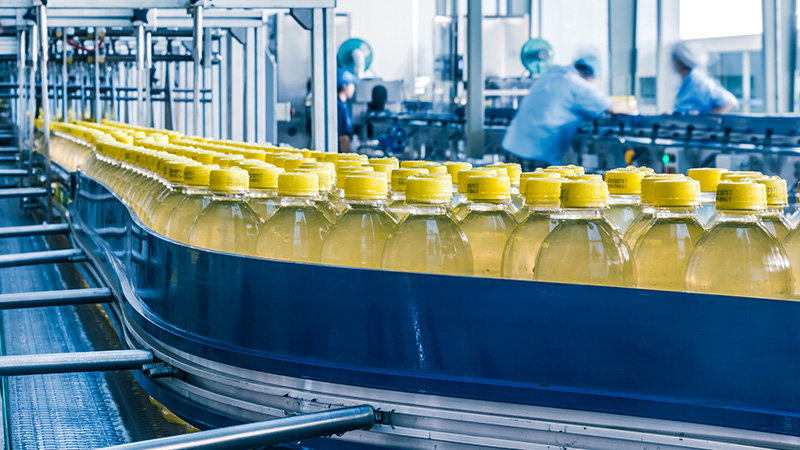
Gêneros alimentícios
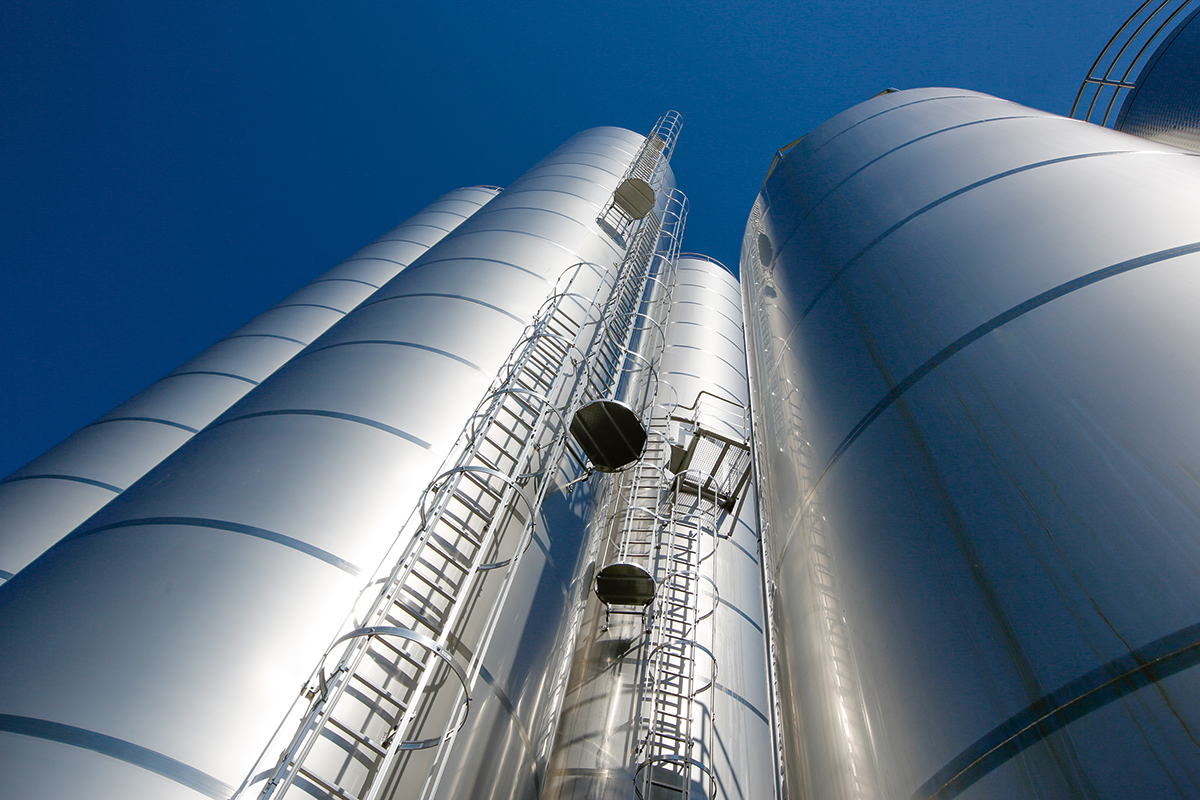
Radar level transmitter VEGAPULS 64 measures the level in whey production
ler maisExportar este artigo
Baixar como PDFCompartilhar post
Comentários ({{comments.length}})
{{getCommentAuthor(comment, "Anônimo")}} {{comment.timestamp | date : "dd.MM.yyyy HH:mm" }}
{{comment.comment}}





